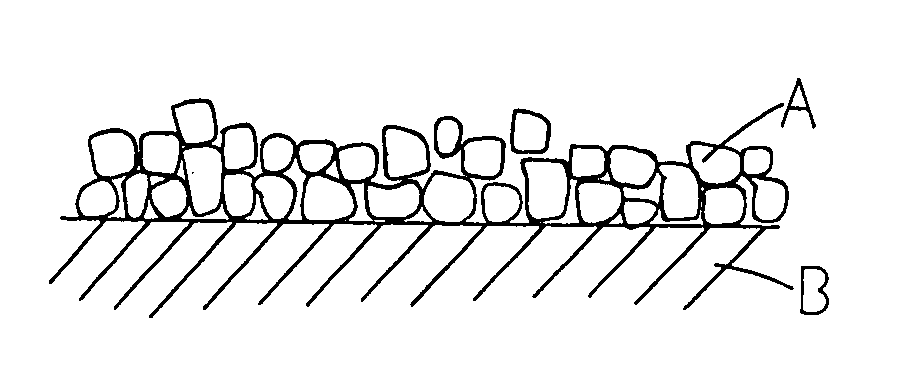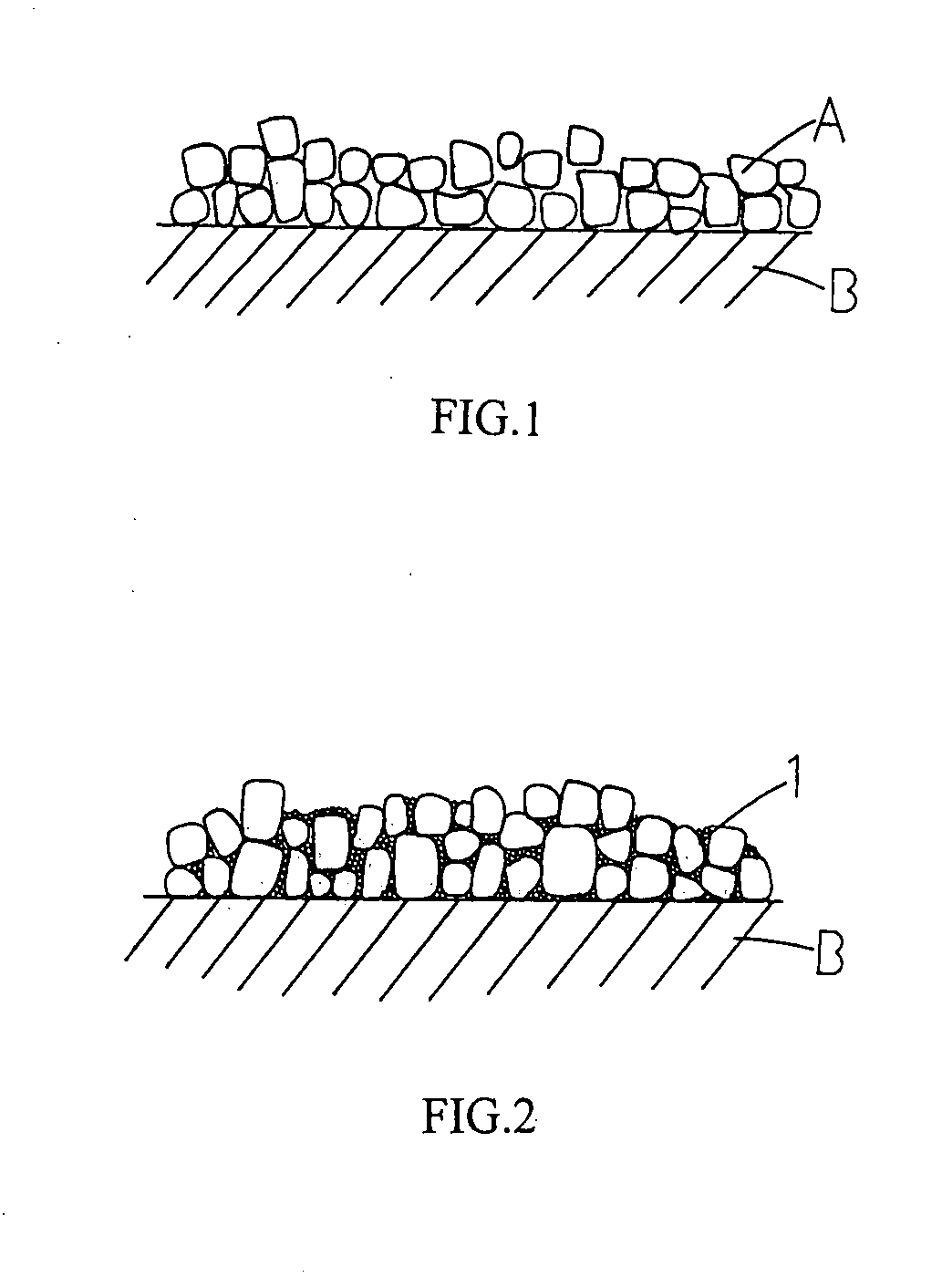Far infrared emitting nano glaze
a nano glaze and infrared technology, applied in the field of far infrared emitting nano glaze, can solve the problems of difficult and inconvenient maintenance, rough surface of the body, and vulnerable roughness of the glaze surface, and achieve the effect of bright and attractive, smooth surface of ceramic products
- Summary
- Abstract
- Description
- Claims
- Application Information
AI Technical Summary
Benefits of technology
Problems solved by technology
Method used
Image
Examples
Embodiment Construction
[0012]A far infrared emitting nano glaze (far infrared emitting glaze) of the present invention essentially contains the following compositions:[0013]A. Solvent: comprised of feldspar, boron or quartz; wherein, boron is made available from boric acid, borax, boron silicate or boric compound; and the containment of the solvent in the present invention is 35˜65%;[0014]B. Solubilizing agent: may be comprised of calcium carbonate, barium carbonate, lithium carbonate, magnesium carbonate, zinc oxide, or talc; and the containment of the solubilizing agent in the present invention is 1˜35%;[0015]C. Refractory agent: may be comprised of kaolin, or silicon earth; and the containment of refractory agent in the present invention is 0˜25% but not including 0%;[0016]D. Adhesive agent: may be comprised of silicon dioxide (38.42%), magnesium oxide and boron silicate (17.13%), sapphire (0.69%), ferric oxide (0.11%), calcium oxide (3.25%), sodium oxide (4.96%), potassium oxide (0.07%), lithium oxide...
PUM
| Property | Measurement | Unit |
|---|---|---|
| concentration | aaaaa | aaaaa |
| temperature | aaaaa | aaaaa |
| wavelength | aaaaa | aaaaa |
Abstract
Description
Claims
Application Information
 Login to View More
Login to View More - R&D
- Intellectual Property
- Life Sciences
- Materials
- Tech Scout
- Unparalleled Data Quality
- Higher Quality Content
- 60% Fewer Hallucinations
Browse by: Latest US Patents, China's latest patents, Technical Efficacy Thesaurus, Application Domain, Technology Topic, Popular Technical Reports.
© 2025 PatSnap. All rights reserved.Legal|Privacy policy|Modern Slavery Act Transparency Statement|Sitemap|About US| Contact US: help@patsnap.com


